What if bugs became food?
We’re heading towards a nutrition crisis. By 2050, we’ll have 9 billion mouths to feed.
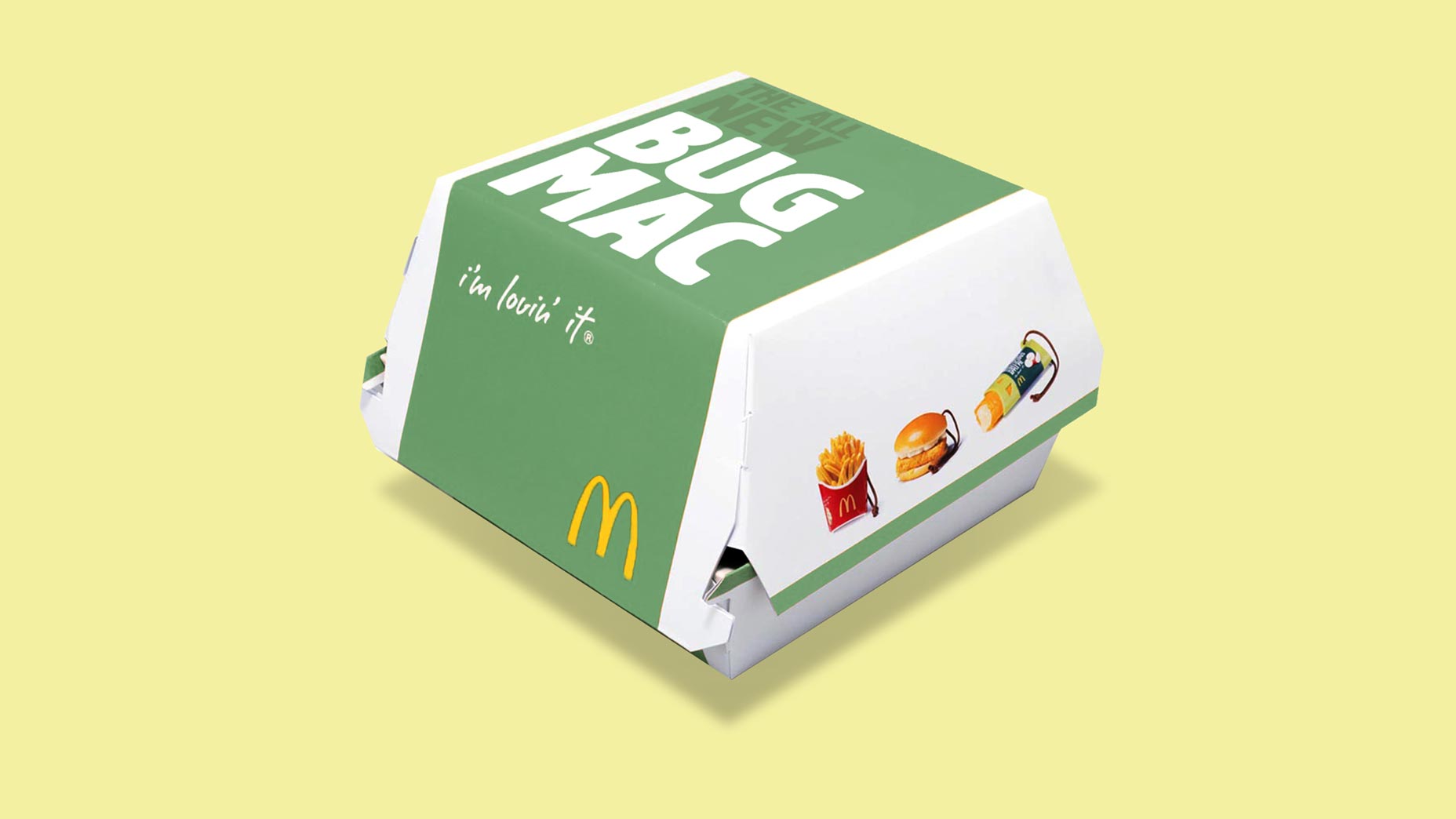
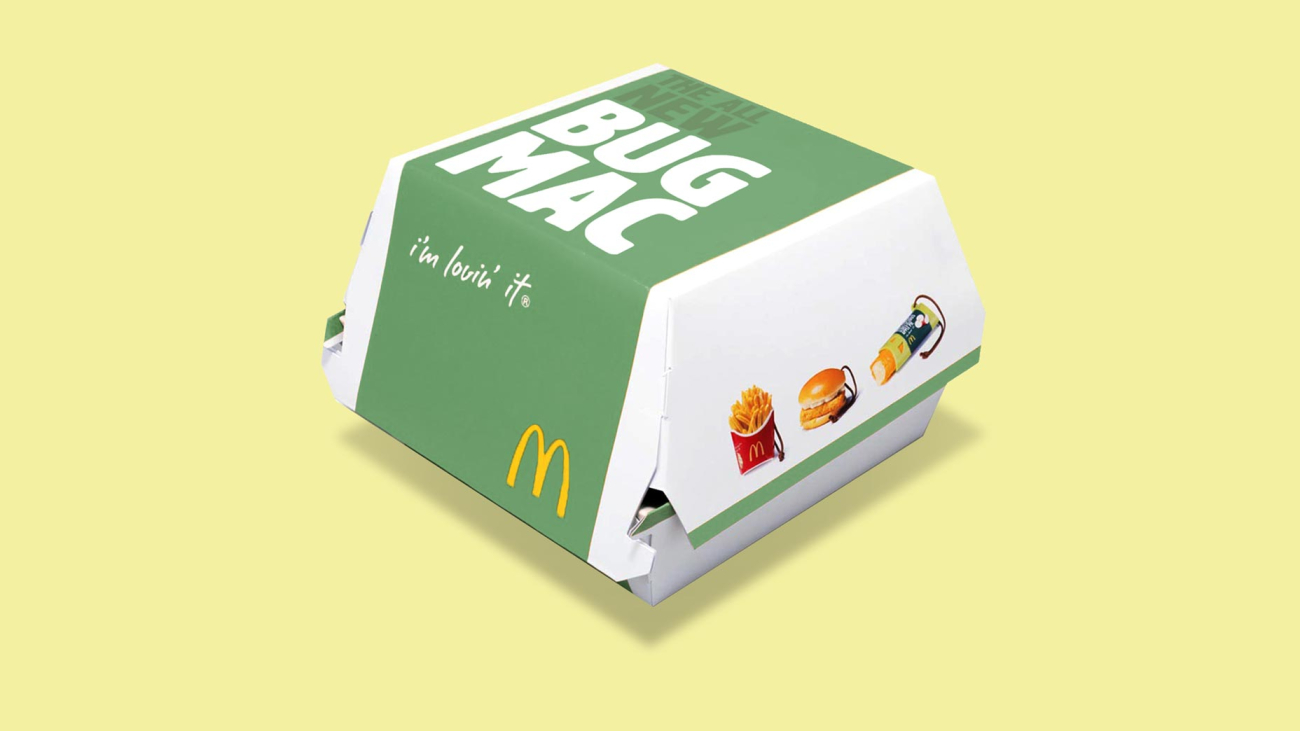
The livestock industry can’t cope. It’s swallowing up land and water, and farting out more greenhouse gases than all the planes, trains and automobiles combined. The answer is simple: eat more insects. It’s 20 times more efficient to farm cicadas than cows – and they taste of asparagus.
Big brands aren’t into entomophagy – the practice of eating insects – yet. You won’t be tempted by bee larvae ceviche unless you’re in a Michelin-starred joint or a jungle-based reality TV show. But why shouldn’t McDonald’s use bugs in burgers? And how about an insect aisle in Tesco?
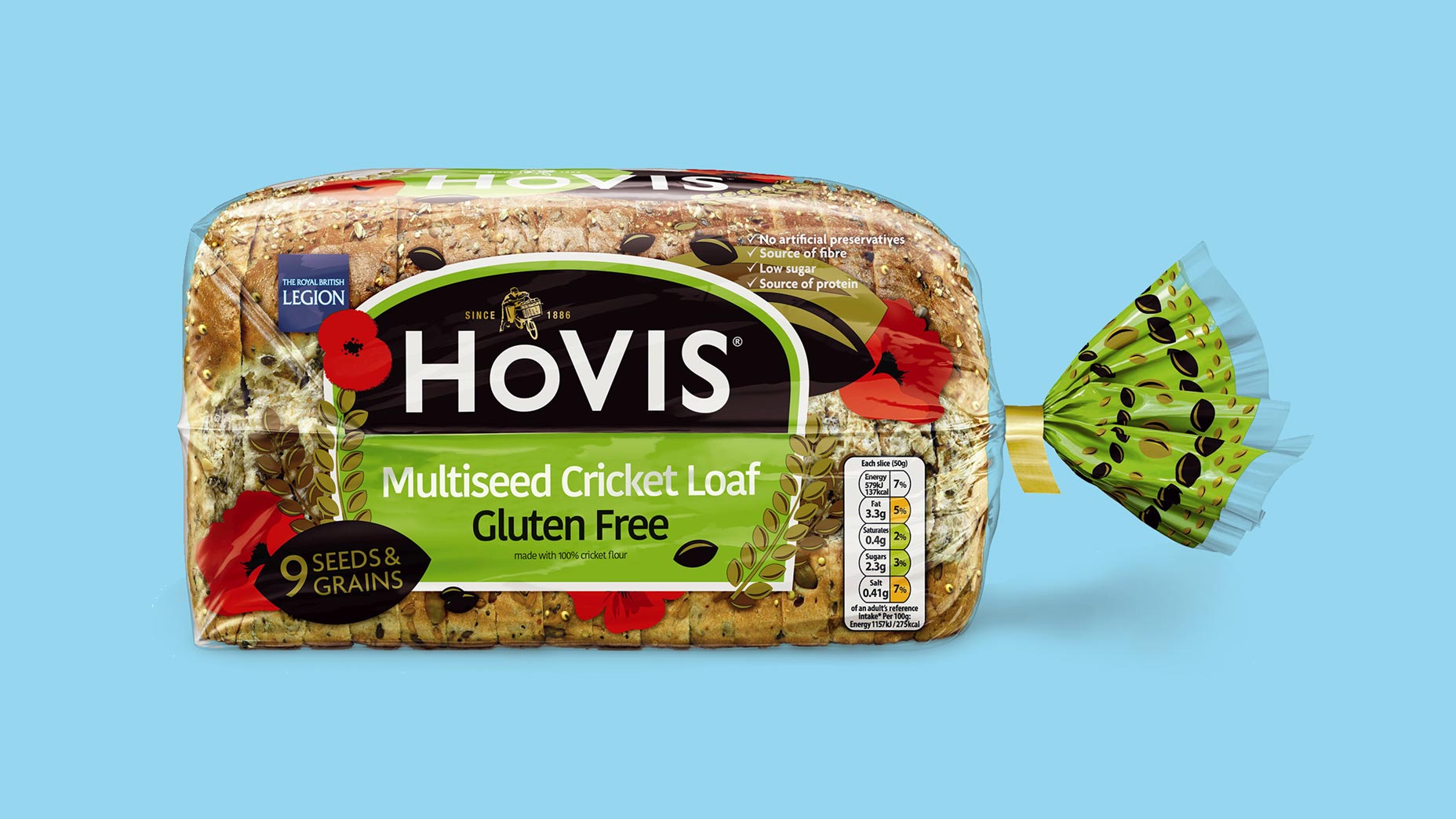
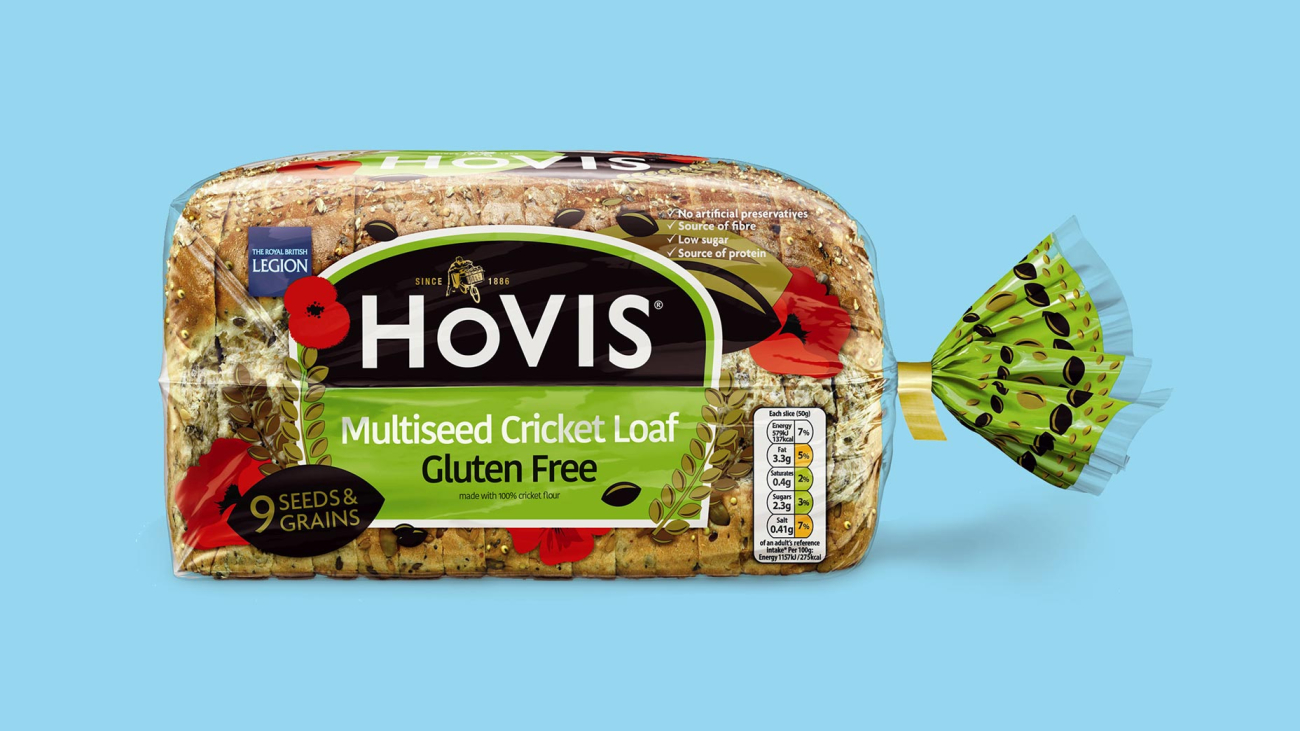
We believe it’s time to normalise insect-eating, and that design can make the idea not just acceptable but appetising. Look at how meat protein is presented: a sandwich looks like a sandwich, not the beast inside. Fresh colours and familiar ranges give us the confidence to try unfamiliar foods, and branding can change preferences fast. What once seemed revolting – raw fish – is now happily eaten by almost everyone in our own studio as sushi.
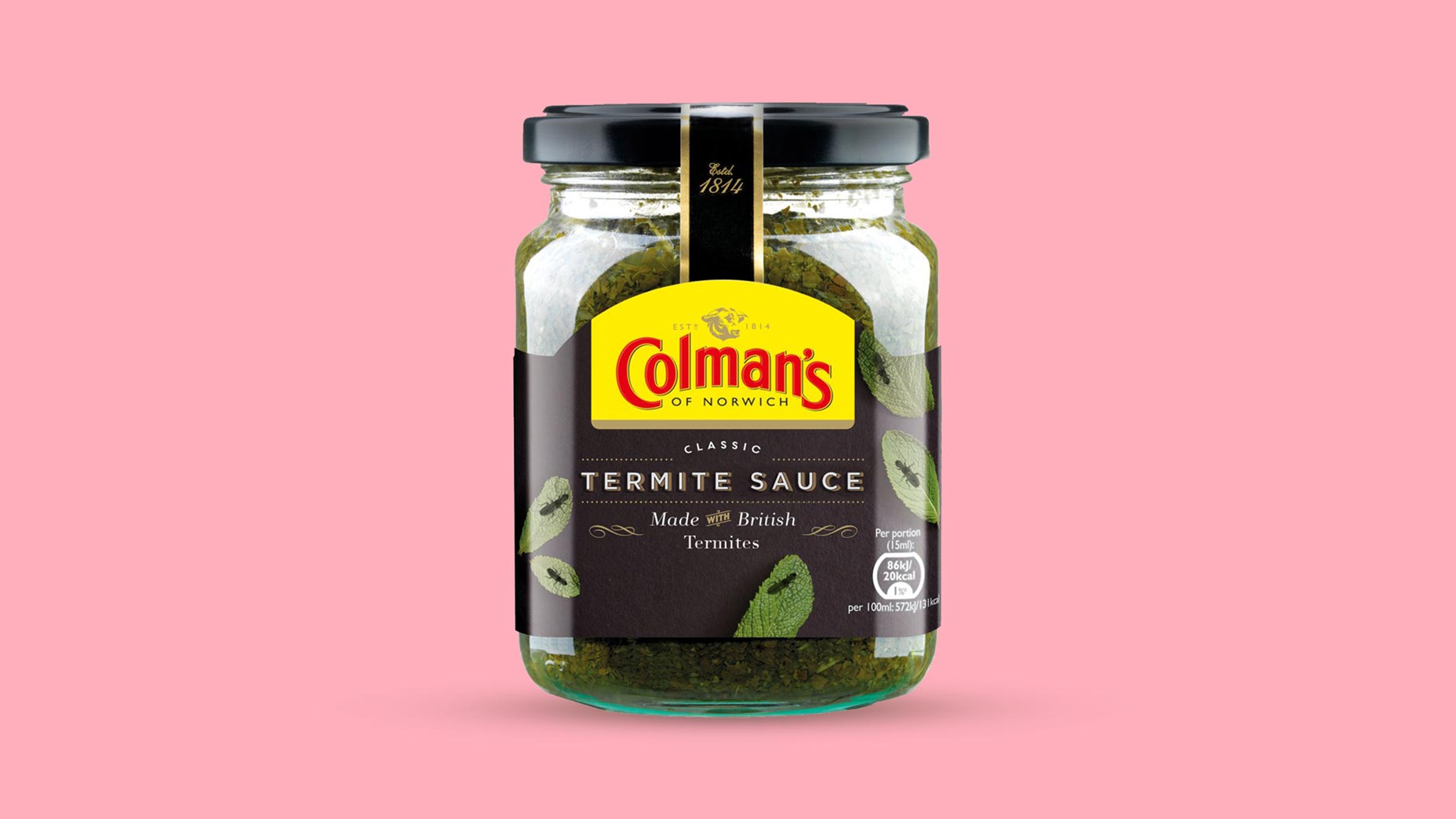
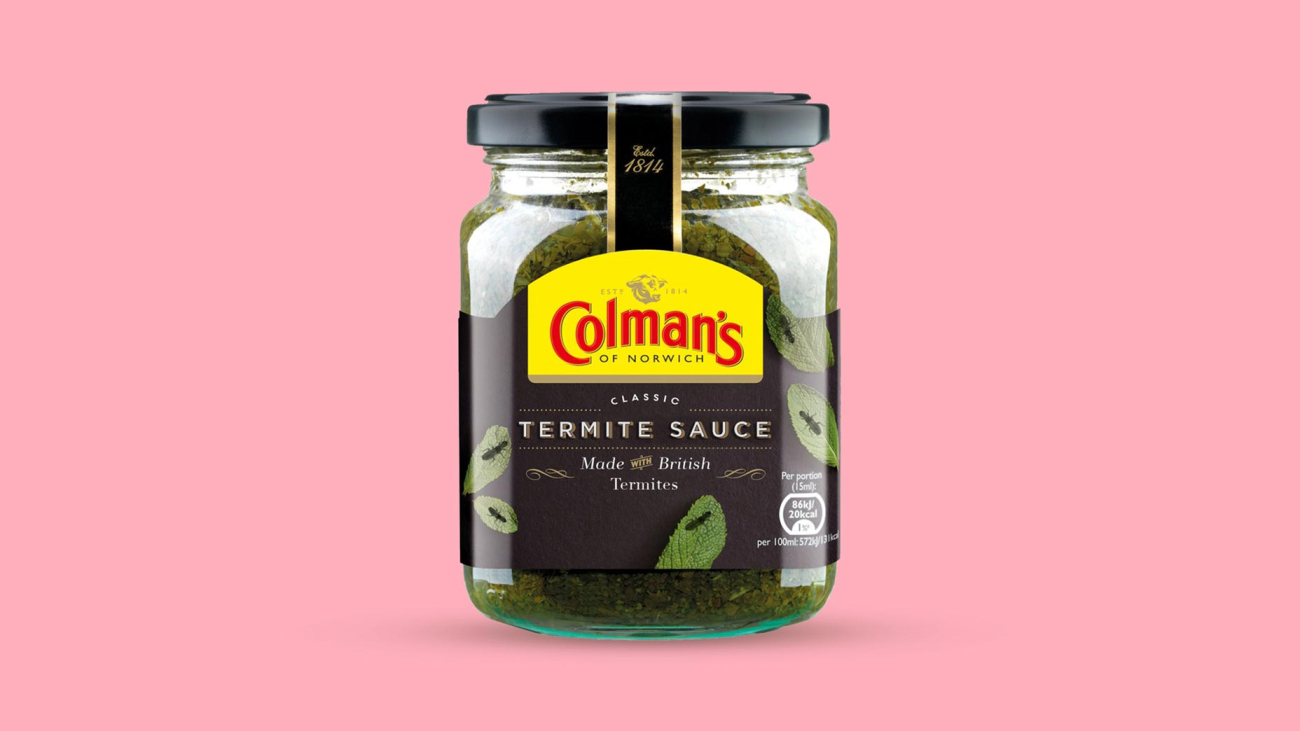
Traditional cues can also be seductive. The NB team would willingly eat Hovis cricket-flour bread. Could heritage play a part in popularising insects? After all, the locust is positively biblical – as eaten by John the Baptist. Language matters too. The waxworm lives in beehives, eats honeycomb and has a delicious buttery taste. Some dub it ‘honey bug’, others ‘land shrimp’. We know which we’d rather eat.
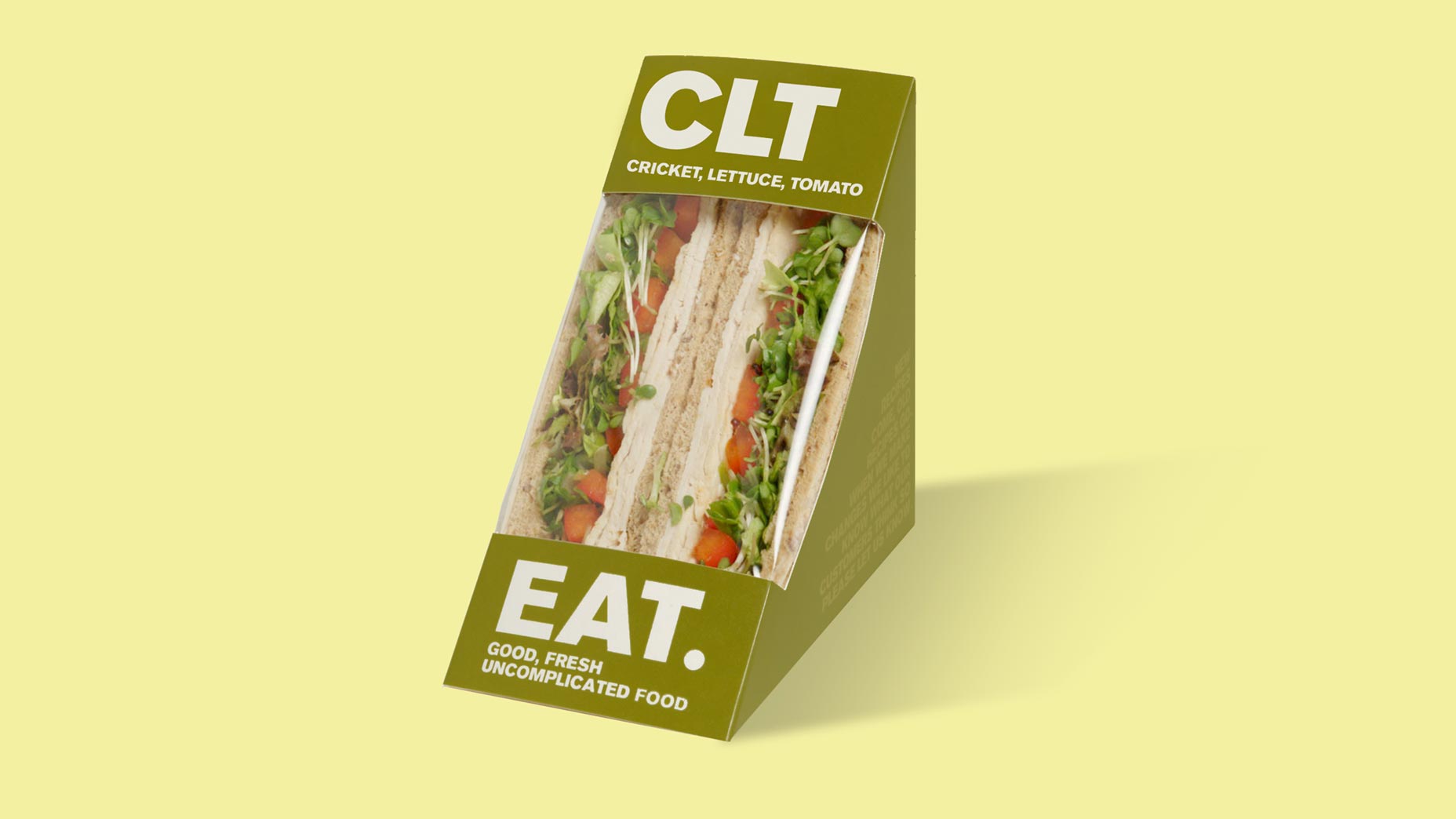

Flavour-matching has inspired our initial designs. Termites have a minty taste that’s perfect with a roast emperor moth. And who could resist the tang of a lemon ant? Or the aniseed thrill of a giant water bug? Remember, if you don’t eat them, they’ll eventually eat you.


